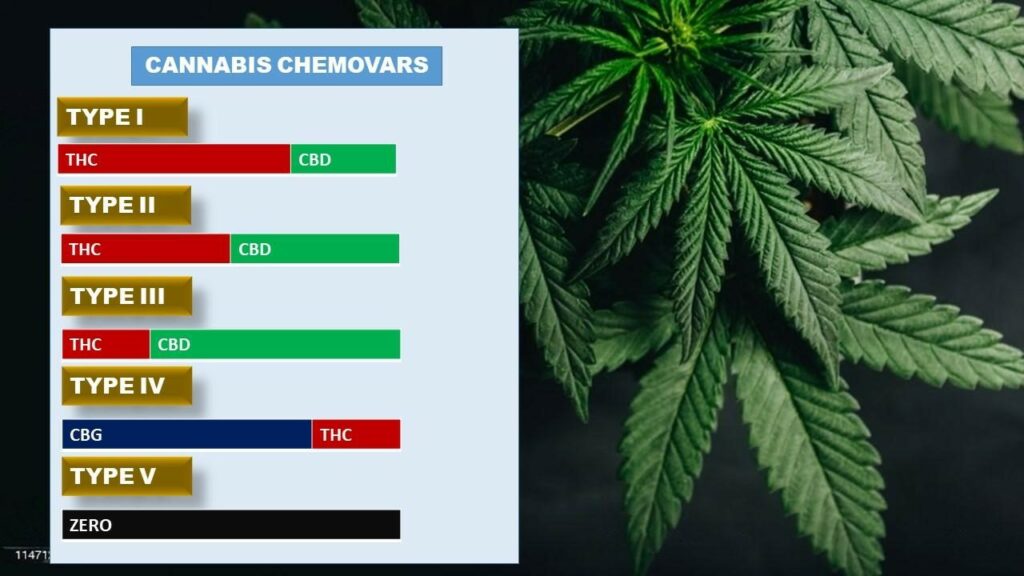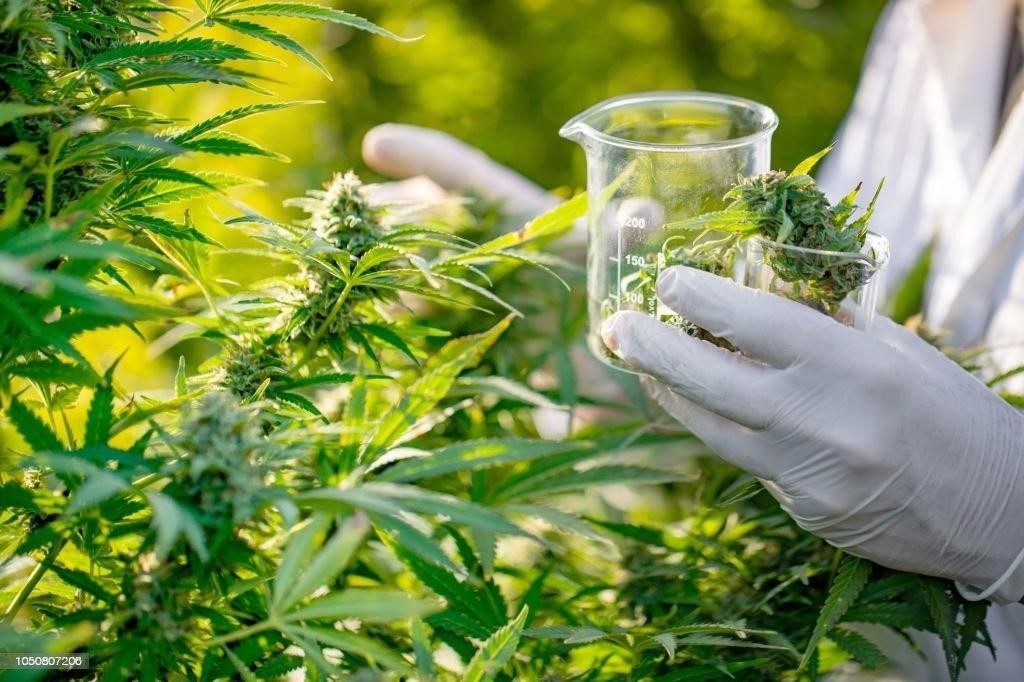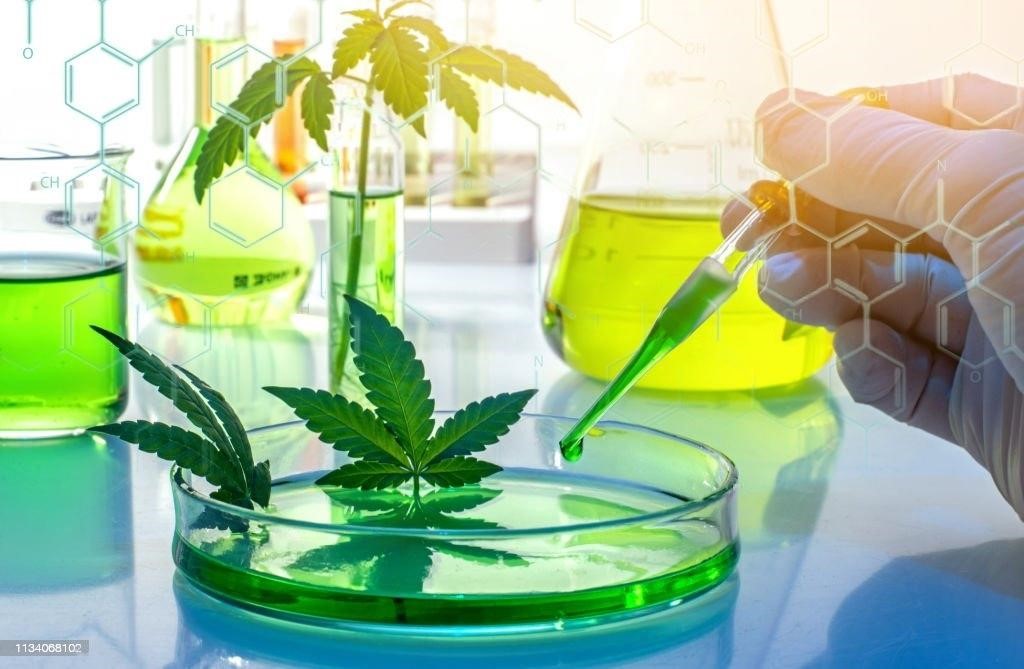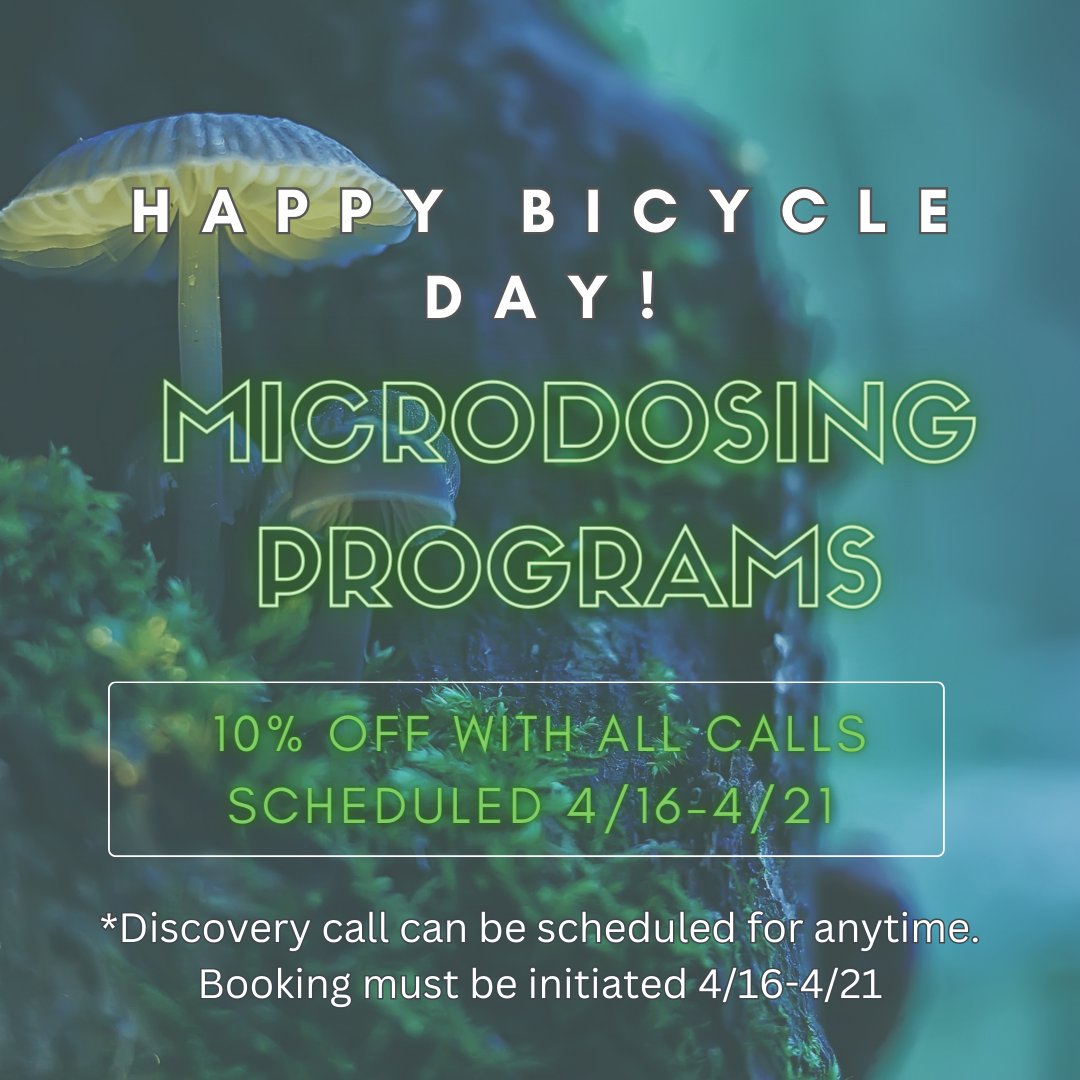All cannabinoids are not created equally; they differ in their ability to trigger the endocannabinoid system, thus, providing different effects on users. This is why cannabinoids like THC can produce psychotropic effects while CBD makes users energetic and motivated.
Although the cannabis industry has channeled most of its strength to CBD and THC, there are minor cannabinoids like CBG that are bringing a new description to cannabinoids and their therapeutic roles.
In this article, we will discuss the science of CBG, its interaction with another cannabinoid, and how it affects users.
What is CBG?
CBG, or cannabigerol, is a non-psychoactive cannabinoid that comes from CBGa. CBGa is an acidic cannabinoid abundant in young cannabis plants or the apex of actively growing cannabis plants.
CBGa and CBGVa serve as the first cannabinoids to be synthesized by the cannabis plant. While CBGa is converted to THCa, CBDa, CBCa, and CBG, CBGVa is converted to THCVa and CBDVa for varin cannabinoids (cannabinoids with a “V” at the end).
CBG and CBGa are often described as the mother cannabinoids since they represent the first cannabinoids to be synthesized by the cannabis plant. They were found to play active roles in interacting with the cannabinoid system.
CBG is mostly found in lower concentrations in cannabis plants since CBGa is prone to enzymatic conversion to other cannabinoids. In most cases, only about 1% of CBG is detected in cannabis, while the rest is converted to THC, CBD, and CBC, depending on the cannabis chemovar.
Talking about chemovars, the cannabis plant is divided into five chemovars depending on the most abundant cannabinoid in them. These chemovars include;
- Type I chemovars or THC-dominant strains.
- Type II chemovars or equal CBD and THC strains
- Type III chemovars or CBD dominant strains
- Type IV chemovars CBG dominant strains
- Type V chemovars or cannabinoid zero strain
Type IV cannabis chemovars or CBG-dominant strains contain more than 10% CBG and have served as the primary source of CBG.

CBG and CBGa have been identified to involve several targets, making them a more suitable cannabinoid for more therapeutic roles than CBD. For example, a 2021 study reported how CBGa was more potent at providing anti-seizure benefits than CBD.
CBG is not only present in the cannabis plant, as research shows the presence of CBG-like compounds in Helichrysum umbraculigerum. This was first reported in 1979. Helichrysum umbraculigerum is a botanical medicine commonly used by South African healers. It is a common remedy for headaches, menstrual pain, and wounds. The plant is also smoked as a treatment for pain.
Related post; What is THCa
How is CBG formed/where does it come from?
CBG was first identified as a hexane extract of hashish by Gaoni and Mechoulam in 1964. It was identified as the missing link in THC synthesis and was found to possess some antibacterial activity.
CBG is converted from CBGa. This usually happens after CBG-rich or young cannabis plants are exposed to long-term storage or under the influence of irradiation (from sunlight or UV light) or increased temperature. Researchers have yet to determine how this process occurs in the cannabis plant or for how long the plant will need to be exposed to achieve this.
CBGa is highly concentrated in young cannabis plants, usually within the root and vegetative phases. Information from research shows CBGa is highly concentrated in the leaves of cannabis plants growing between 150 to 172 days. CBG is also abundant in cannabis flowers collected from the highest part of the plants. They exhibit a higher content than the fan leaves. This is because these parts of the plant are young with a high concentration of CBGa.

Related post: CBD Dosage
Targets of CBG
CBG acts on CB1 and CB2 receptors of the cannabis system. Research shows that CBG is a partial agonist of CB1 and CB2 receptors and may act as a competitive antagonist of CB1 receptors. This is why it does not produce a similar activity to THC. Aside from acting on the CB1 and CB2 receptors, CBG also acts on the following receptors;
- Transient receptor potential Vanilloid receptor 1 (TRPV1)
These are also known as capsaicin receptors and are expressed in the nociceptive neurons that are responsible for transmitting pain and conveying other unpleasant stimuli to the central nervous system.
- G-Protein Coupled Receptor 55 (GPR55)
This is the largest and most diverse receptor in animals. It is an inbox for messages like peptides, proteins, lipids, and fats. They are the largest drug targets, with about one-third of marketed drugs believed to exhibit their activities by binding to them.
GPR55 is also directly involved in expressing pain sensitivity relating to inflammatory and neuropathic pain. It can initiate cellular activity and increase intracellular calcium concentration in neurons during seizures. The receptor may also play important roles in conditions like cancer, obesity, diabetes, and proper functioning of the gastrointestinal tract, making CBG a promising target for such conditions.
- Peroxisome proliferator-activated receptor gamma (PPARγ or PPARG)
PPARG is a member of the supergene family of nuclear receptors that control the transcription and regulation of genes like cellular intermediary metabolism and inflammation. They also play important roles in regulating fatty acid storage and glucose metabolism, suggesting a possible role in antidiabetic treatments. PPRAG’s activation can inhibit the growth of cell lines from breast, prostate, and lung cancer. This receptor is often activated by acidic cannabinoids like CBGa, CBDa, and THCa, which support their anticancer properties. There are also reports on how CBG can activate this receptor.
- Transient receptor potential ankyrin type 1 (TRP1A)
TRP1A plays an important role in pain signaling, inflammation, and taste. CBG and CBGa function as an agonist of TRP1A receptors to provide anti-inflammatory and analgesic properties.
- Transient receptor potential Melastatin 8 (TRPM8)
This receptor is activated by cooling agents like menthol or when temperatures drop below 26 degrees Celcius (78.8 Fahrenheit). They ultimately detect cold stimuli and are involved in transmitting cold-evoked pain stimuli. It is involved in skin anti-inflammatory properties and has been initially thought to be triggered by CBG. The role of CBG and TRPM8 receptors has been reported in colorectal cancer.
- Gamma-aminobutyric acid (GABA) receptors:
These receptors reduce neuronal excitability by inhibiting nerve transmission. Their neurons are scattered in the brainstem, hypothalamus, thalamus, hippocampus, and basal ganglia. They stabilize neurological functions. CBG was examined to increase the peak currents of this receptor, thus possibly helping people with seizures, epilepsy, generalized anxiety, schizophrenia, Autism Spectrum Disorder (ASD), and depressive disorder.
Related Post: Marijuana allergy
Effects of CBG
CBG has been identified to possess several therapeutic potentials, some of which are listed below;
- Antidepressant effect.
- Possible muscle relaxant
- Antianxiety properties
- Insomnia and sleep-related problems
- Enhanced sexual experiences
- Anticancer properties on breast, colorectal, and prostate cancer.
- Antimicrobial activity on Methicillin Resistant Staph Aureus (MRSA).
- Anti-leishmanial activity
- CBGa produced a better anti-seizure effect than CBD in test animals.
- Neuroprotective activity against neuro-inflammation and neurodegenerative diseases
- Promotes adult neurogenesis
- Anti-inflammatory properties
- Reducing ocular pressure in glaucoma patients. CBGa can increase the trans-corneal penetration of eye care products by over 300%.
- Antidepressant effects
- Produced antiviral activity against COVID-19 together with CBGa and other acidic cannabinoids.
Side effects of CBG?
CBG patients have reported dry mouth, sleepiness, hunger, and dry eyes. These are, however, mild and dose-dependent, and more likely related to the small amount of THC in the product. Recall that CBG is a non-intoxicating cannabinoid.
Is CBG legal?
CBG is a non-psychoactive cannabinoid, making it legal in many regions where hemp is legal. All members of the Cannabigerol family don’t produce psychotropic (but not intoxicating) effects on users and have been identified to provide many therapeutic benefits.
CBG dominant cannabis
Some of the commonly encountered CBG-dominant cannabis strains include but are not limited to the following;
- Frosted Cake CBG.
- Jack Frost.
- John Snow.
- Sour G.
- The White.
- White CBG.
- White Whale.
- White Widow.
Last Updated on September 1, 2023 by Megan Mbengue, BSN, RN, CHPN


